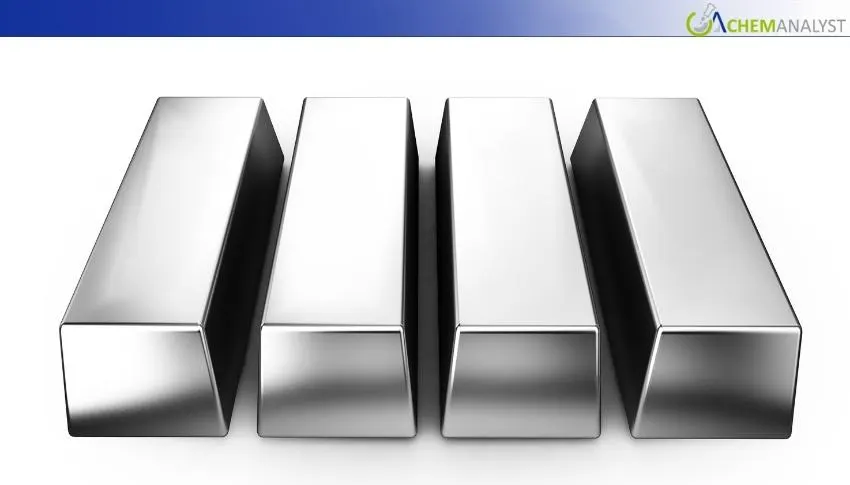Welcome To ChemAnalyst

Japanese aluminium ingot prices registered a modest increase towards the end of October due to supply-side factors and currency trends—i.e., a depreciating yen relative to an appreciating dollar. With this price boost, the market is still under stress as Japanese premiums continue to fall, exerting downward pressure on the aluminium ingot market into Q4. Though broad sentiment is optimistically guarded, heavily finished goods inventories and prudent purchasing behavior by the downstream customers suggest that any price recovery of aluminium ingots will be gradual rather than rapid.
Japanese aluminium ingot prices increased by 0.3% week-on-week in the week to October 24, as steady demand from major downstream industries prevailed. The automotive sector, one of the top consumers of aluminium ingots, was in good shape—auto sales increased by 42.15% month-on-month in September 2025 to 428,214 units, as per statistics from the Japan Automotive Dealers Association and the Japan Light Motor Vehicle and Motorcycle Association.
Demand for packaging also sustained aluminium ingot usage, with the Japan Aluminium Can Recycling Association estimating overall demand for aluminium cans at around 2.091 billion units for 2025. Demand for cans employed in alcoholic drinks increased 1.5% year-on-year to around 550 million units, stimulated by beverage consumption patterns.
In contrast, the construction sector presented a mixed outlook. While government projects and investments in digital infrastructure provided some support, increasing costs and skills shortages tempered developments, adding complexity to the aluminium ingot demand landscape.
Japan's quarterly premium for importation of aluminium ingots continued its decline towards the end of October 2025, reaching USD 86 per tonne—a decline of 20% from the Q3 level of USD 108. This is the third successive quarterly fall, having fallen drastically by 41% in Q3 from USD 182 in Q2, which was also 20% down from the Q1 high of USD 228 per tonne.
The sharp Q1 reversal from multi-year highs is an indication of gathering aluminium ingot trade difficulties, such as higher alumina prices, changing Chinese policy direction, and overall global risk factors. The declining role of Japan as an Asian benchmark for aluminium imports is increasingly visible, putting a squeeze on Asian exporters facing a more uncertain pricing backdrop.
By the end of September 2025, aluminium ingot inventory levels at Japan's three big ports climbed to 341,300 tonnes, up 1.8% from the previous month. The build-up in inventories has placed mounting downward pressure on aluminium ingot premiums, pointing towards a supply-dominated scenario.
While a modest rebound in domestic demand may trigger short-term strength in aluminium ingot prices, the overall market is subdued. Against current inventories and conservative downstream interest, the chances of a return to the high aluminium ingot market levels of early 2025 are slim in the immediate future.
We use cookies to deliver the best possible experience on our website. To learn more, visit our Privacy Policy. By continuing to use this site or by closing this box, you consent to our use of cookies. More info.
